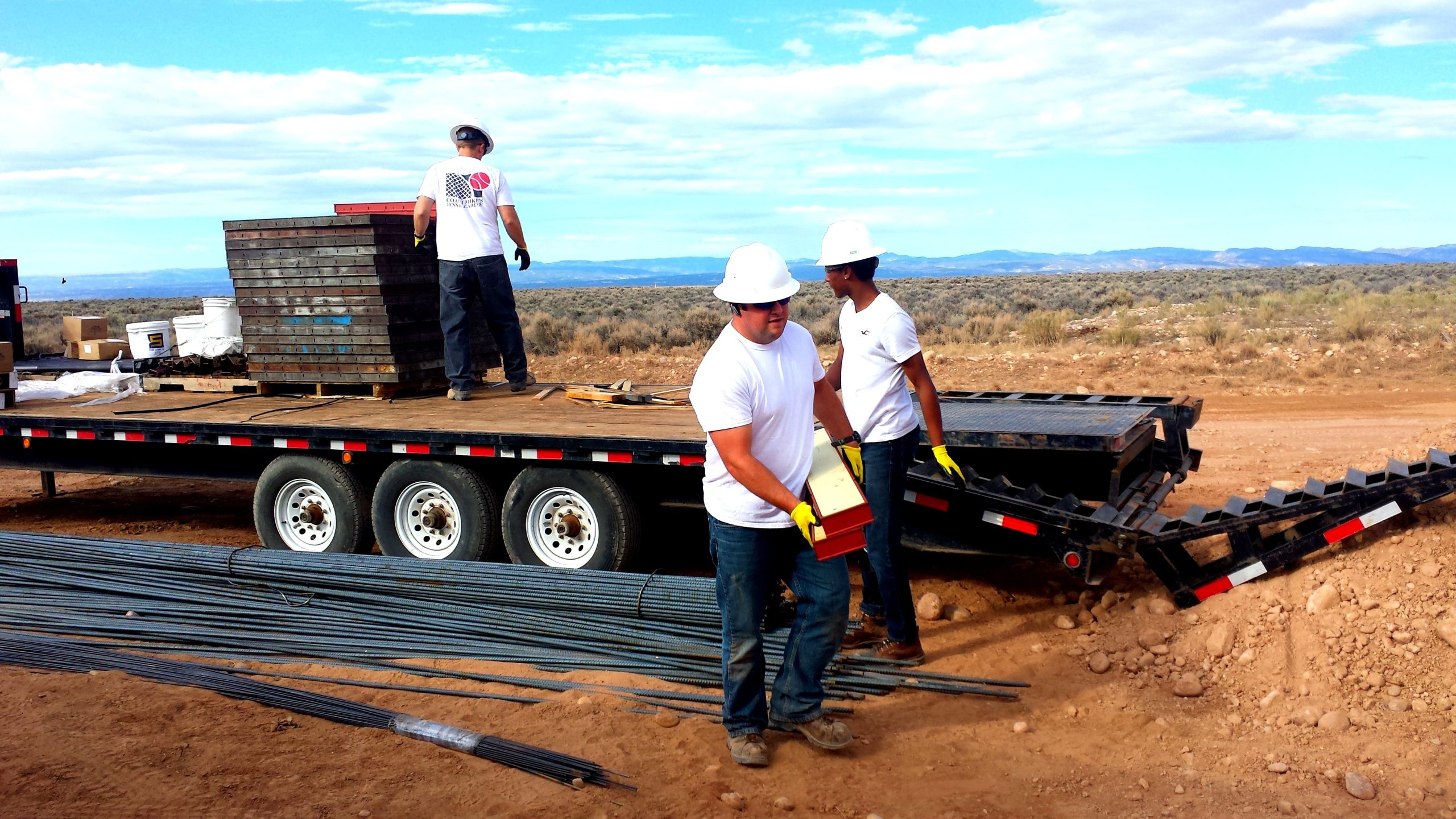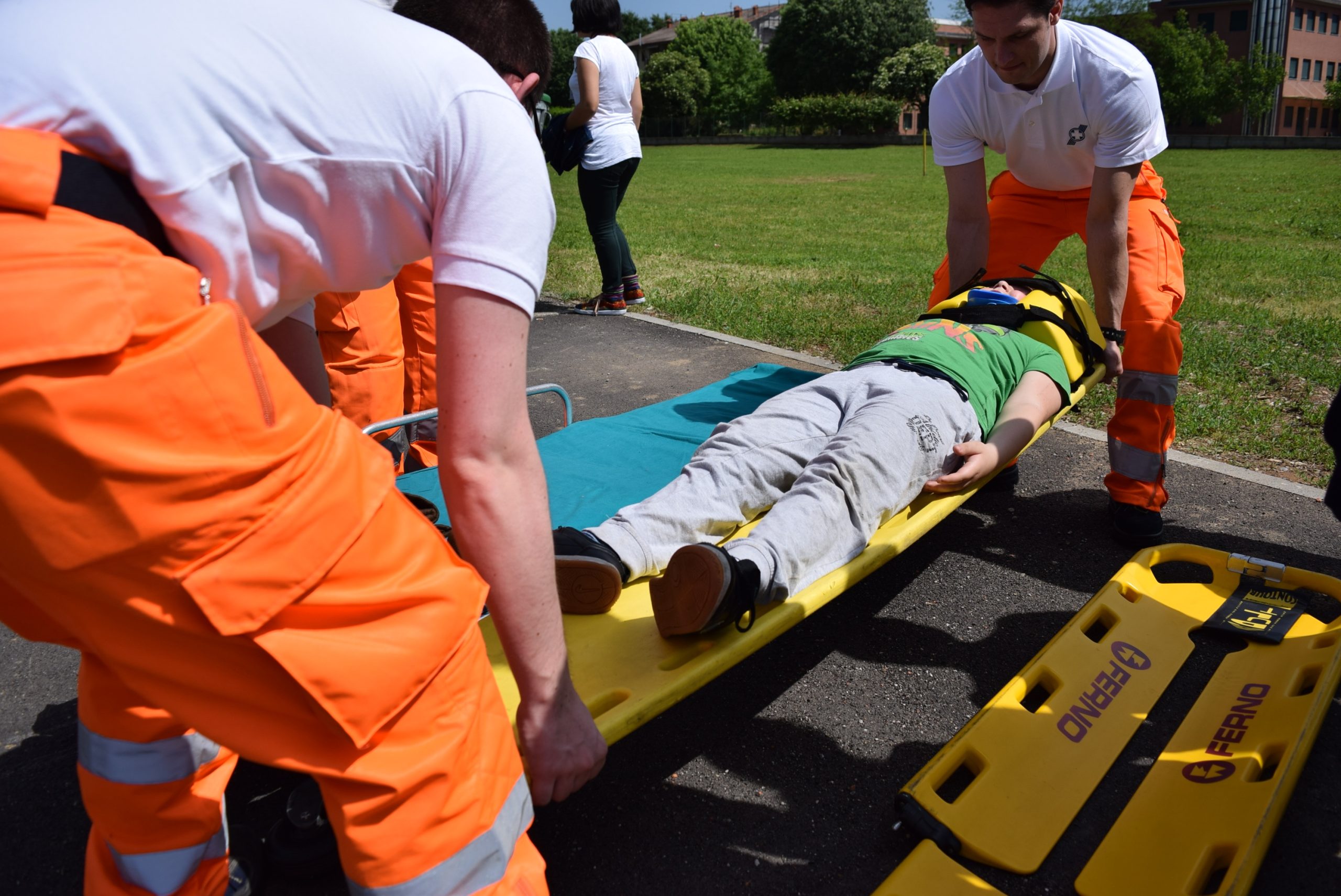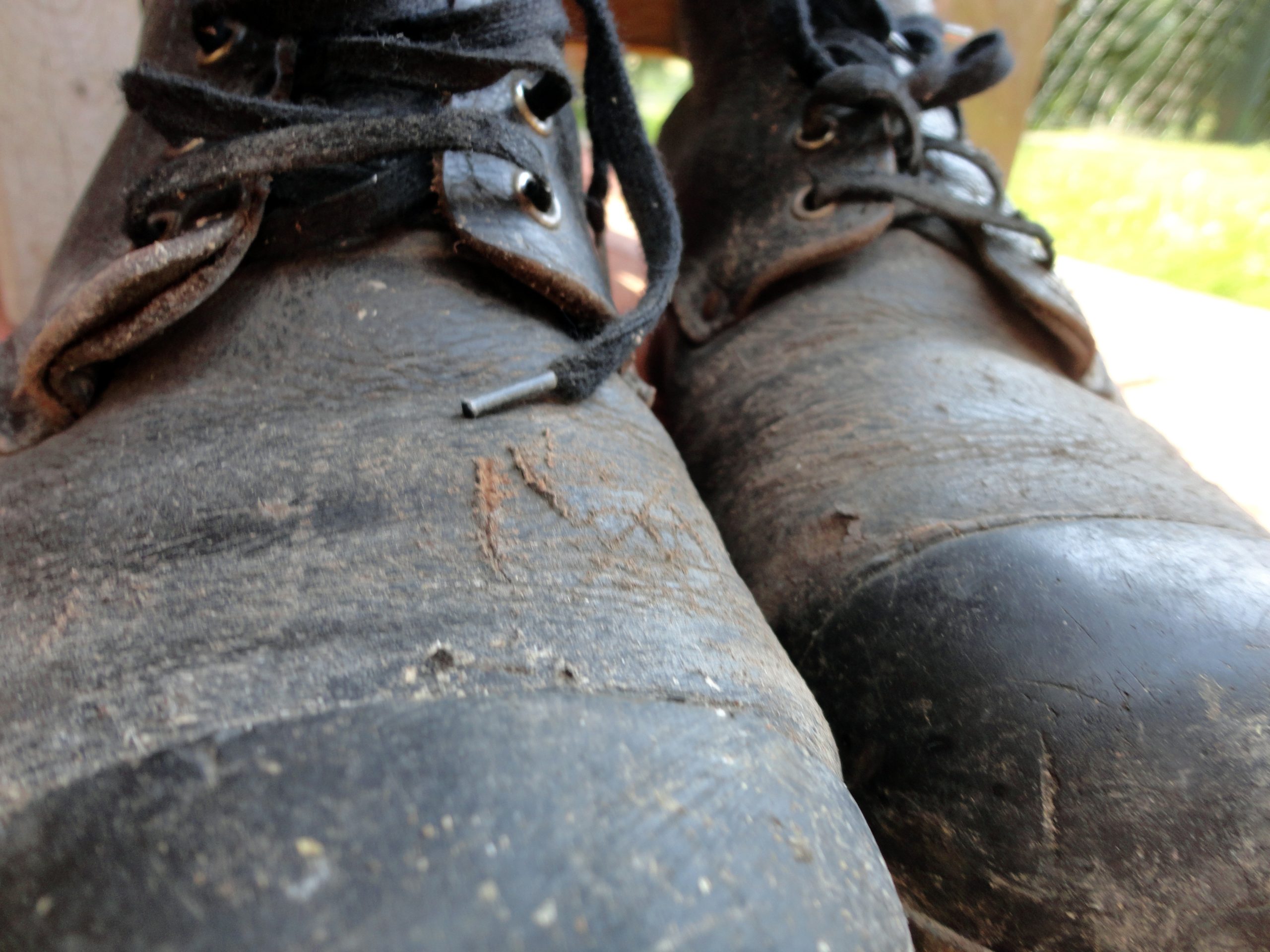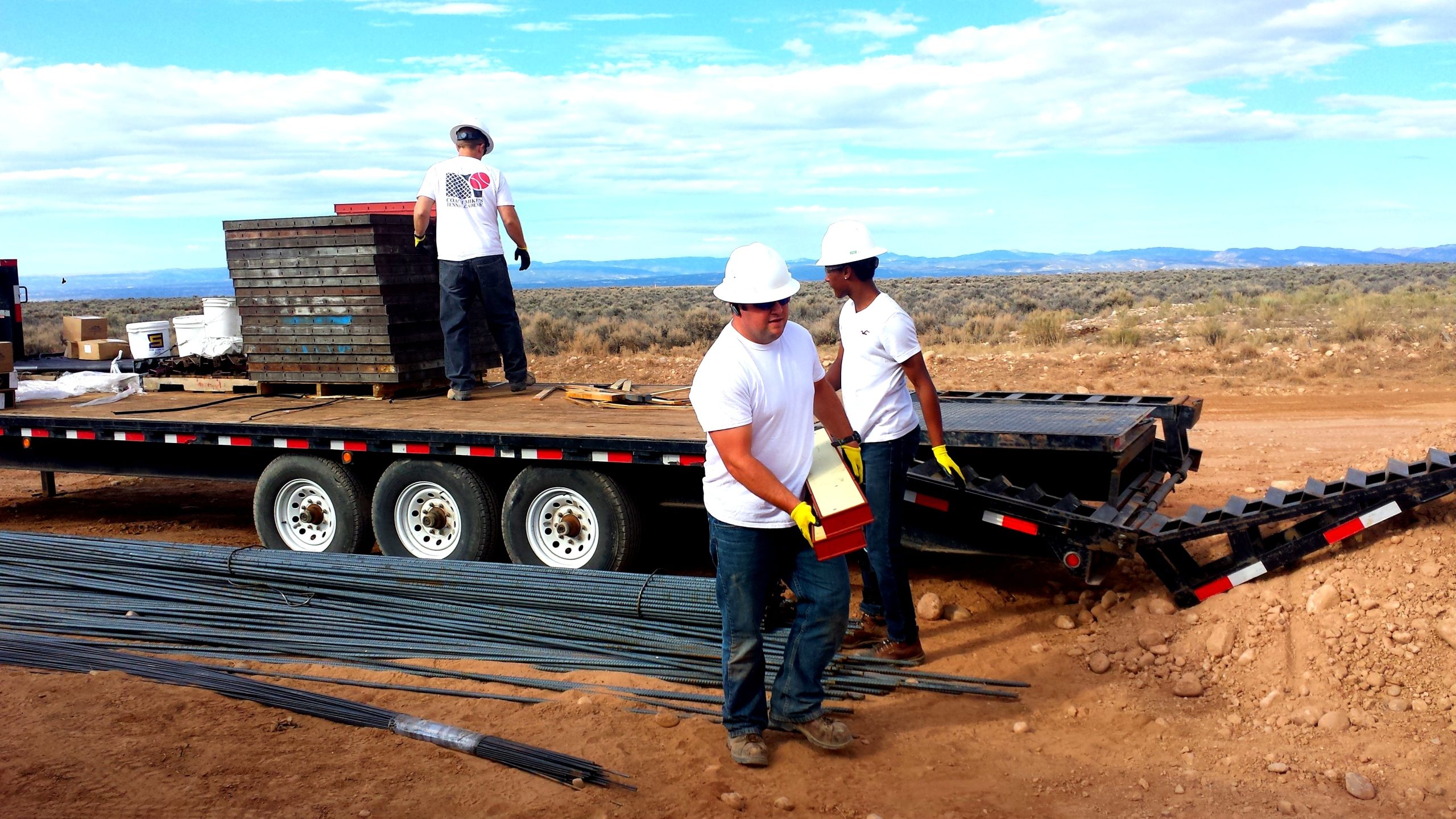 Nurses fighting one another may sound like a scene from daytime television, but unfortunately, this also occurs in real time. When one employee attacks a supervisor, can a supervisor proceed with a lawsuit against the employer? A nursing home in Laplace, Louisiana, recently tried to be dismissed from a personal injury lawsuit regarding two of its employees, stating it could not be vicariously liable. The Louisiana Fifth Circuit Court of Appeal judged this was a question for trial.
Nurses fighting one another may sound like a scene from daytime television, but unfortunately, this also occurs in real time. When one employee attacks a supervisor, can a supervisor proceed with a lawsuit against the employer? A nursing home in Laplace, Louisiana, recently tried to be dismissed from a personal injury lawsuit regarding two of its employees, stating it could not be vicariously liable. The Louisiana Fifth Circuit Court of Appeal judged this was a question for trial.
Two employees of Twin Oaks Nursing Home, Inc. (“Twin Oaks”) in the parish of St. John the Baptist were involved in an altercation in April 2012. A supervisor, Ms. Haynie, approached her employee, Ms. Alford, requesting that Ms. Alford report to her office. When Ms. Haynie turned to walk away, Ms. Alford struck her supervisor repeatedly in the head and neck from behind. Ms. Haynie sustained bruises, scratches, a black eye, and soft tissue damage. Ms. Alford had numerous prior work violations and justified the attack by stating she wanted Twin Oaks to give her a reason to fire her.
Ms. Haynie filed a lawsuit against Ms. Alford and Twin Oaks in the Fortieth Judicial District Court Parish of St. John the Baptist. The District Court dismissed the lawsuit against Twin Oaks, stating that the nursing home could not be vicariously liable because Ms. Alford’s actions were not employment-rooted or incidental to employee performance.
 Insurance Dispute Lawyer Blog
Insurance Dispute Lawyer Blog


 Unfortunately, accidents at the workplace are not uncommon occurrences. What happens, however, when you are injured while traveling? Will you still receive workers’ compensation if you are not physically on the jobsite? The answers to these questions will depend on the facts of the case and whether you were acting within the scope of your employment. The following Caddo Parish case outlines this predicament.
Unfortunately, accidents at the workplace are not uncommon occurrences. What happens, however, when you are injured while traveling? Will you still receive workers’ compensation if you are not physically on the jobsite? The answers to these questions will depend on the facts of the case and whether you were acting within the scope of your employment. The following Caddo Parish case outlines this predicament.  Employees are often exposed to stressful situations while at work, whether from unhelpful coworkers or understaffing. Under what circumstances are resulting mental injuries entitled to workers’ compensation?
Employees are often exposed to stressful situations while at work, whether from unhelpful coworkers or understaffing. Under what circumstances are resulting mental injuries entitled to workers’ compensation?  Medical testimony is an essential part of determining whether an injured worker has a valid claim. What happens if the doctors’ diagnoses conflict and they reach different conclusions about whether an injured worker can return to work?
Medical testimony is an essential part of determining whether an injured worker has a valid claim. What happens if the doctors’ diagnoses conflict and they reach different conclusions about whether an injured worker can return to work? It is always tragic when a loved one passes away, especially when there are children are involved. Death benefits are part of the workers’ compensation system intended to help the surviving family members when someone passes away as a result of an on-the-job accident. However, with the evolving definition of a family, there can sometimes be complicated legal issues about who is entitled to recover death benefits. This case involves a claim from a supposedly unmarried romantic partner who had a child with the worker who died in an accident at work.
It is always tragic when a loved one passes away, especially when there are children are involved. Death benefits are part of the workers’ compensation system intended to help the surviving family members when someone passes away as a result of an on-the-job accident. However, with the evolving definition of a family, there can sometimes be complicated legal issues about who is entitled to recover death benefits. This case involves a claim from a supposedly unmarried romantic partner who had a child with the worker who died in an accident at work.  While workers’ compensation is intended to compensate injured workers, there are a number of procedural requirements with which an injured worker must comply in order for his or her company to cover the medical treatments. This case illustrates the importance of complying with procedural requirements and submitting all required paperwork.
While workers’ compensation is intended to compensate injured workers, there are a number of procedural requirements with which an injured worker must comply in order for his or her company to cover the medical treatments. This case illustrates the importance of complying with procedural requirements and submitting all required paperwork. If you are injured on the job, it is best practice to inform your employer and supervisor about your injuries. They will likely inform you about possible workers’ compensation to which you might be entitled. Are you still eligible to receive workers’ compensation benefits if you tried to hide your injury from your employer?
If you are injured on the job, it is best practice to inform your employer and supervisor about your injuries. They will likely inform you about possible workers’ compensation to which you might be entitled. Are you still eligible to receive workers’ compensation benefits if you tried to hide your injury from your employer? Even while an inmate, you are still entitled to damages if you are injured on the job. If you are injured while working in a release program, are you entitled to compensation through the workers’ compensation scheme?
Even while an inmate, you are still entitled to damages if you are injured on the job. If you are injured while working in a release program, are you entitled to compensation through the workers’ compensation scheme?  If you have been injured on the job, you might be entitled to workers’ compensation. In order to receive compensation, there are a number of procedural requirements with which you must comply.
If you have been injured on the job, you might be entitled to workers’ compensation. In order to receive compensation, there are a number of procedural requirements with which you must comply.  If you are injured on the job, one of your primary concerns is likely finding competent medical care. Under the Louisiana Workers’ Compensation Act, injured workers can select one physician of any specialty without their employer’s approval. What happens if your employer refuses to pay for your selected physician?
If you are injured on the job, one of your primary concerns is likely finding competent medical care. Under the Louisiana Workers’ Compensation Act, injured workers can select one physician of any specialty without their employer’s approval. What happens if your employer refuses to pay for your selected physician?